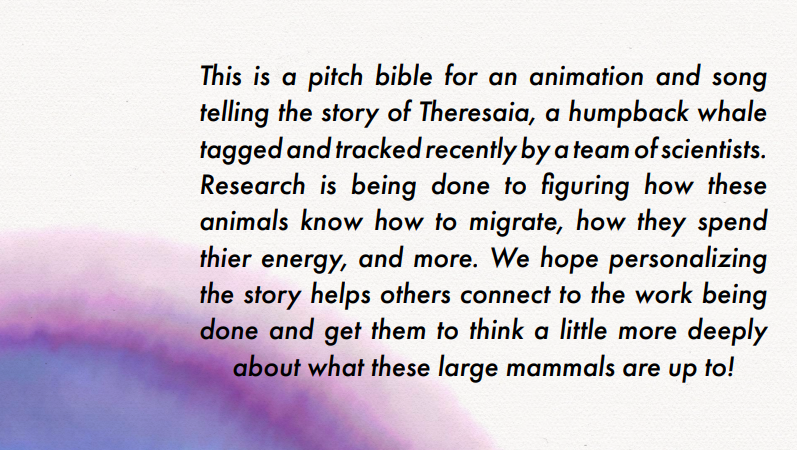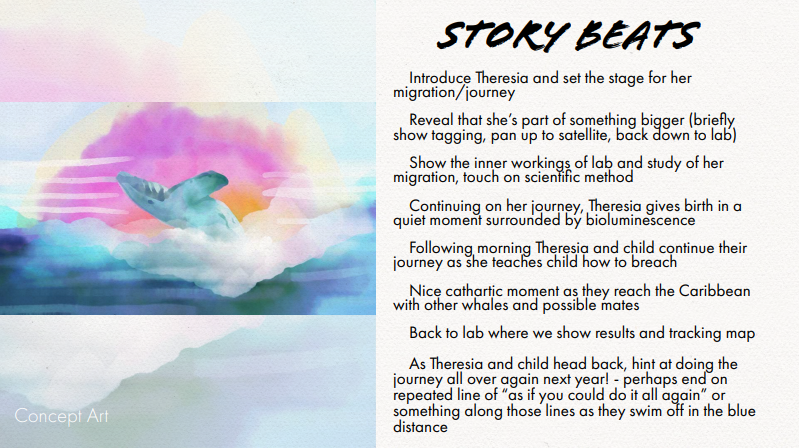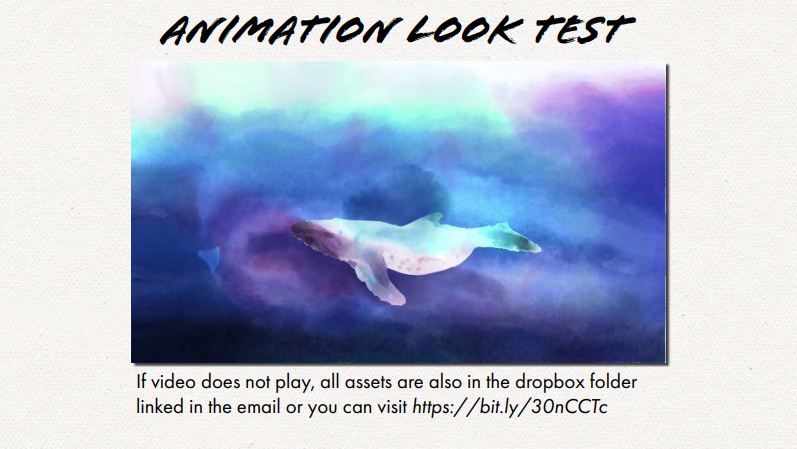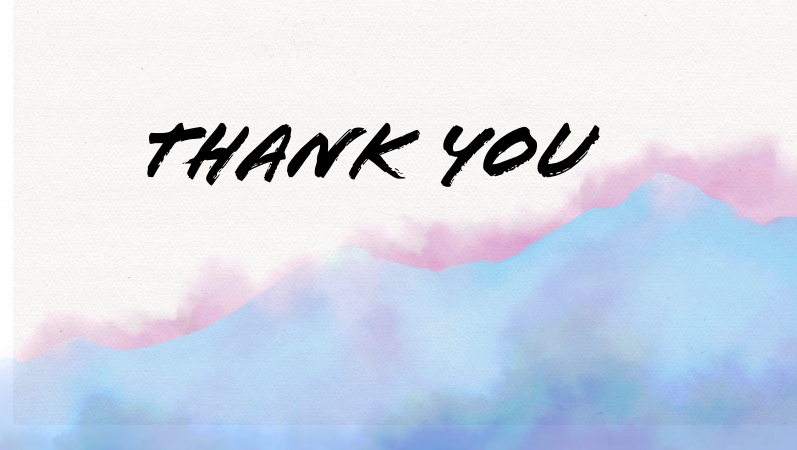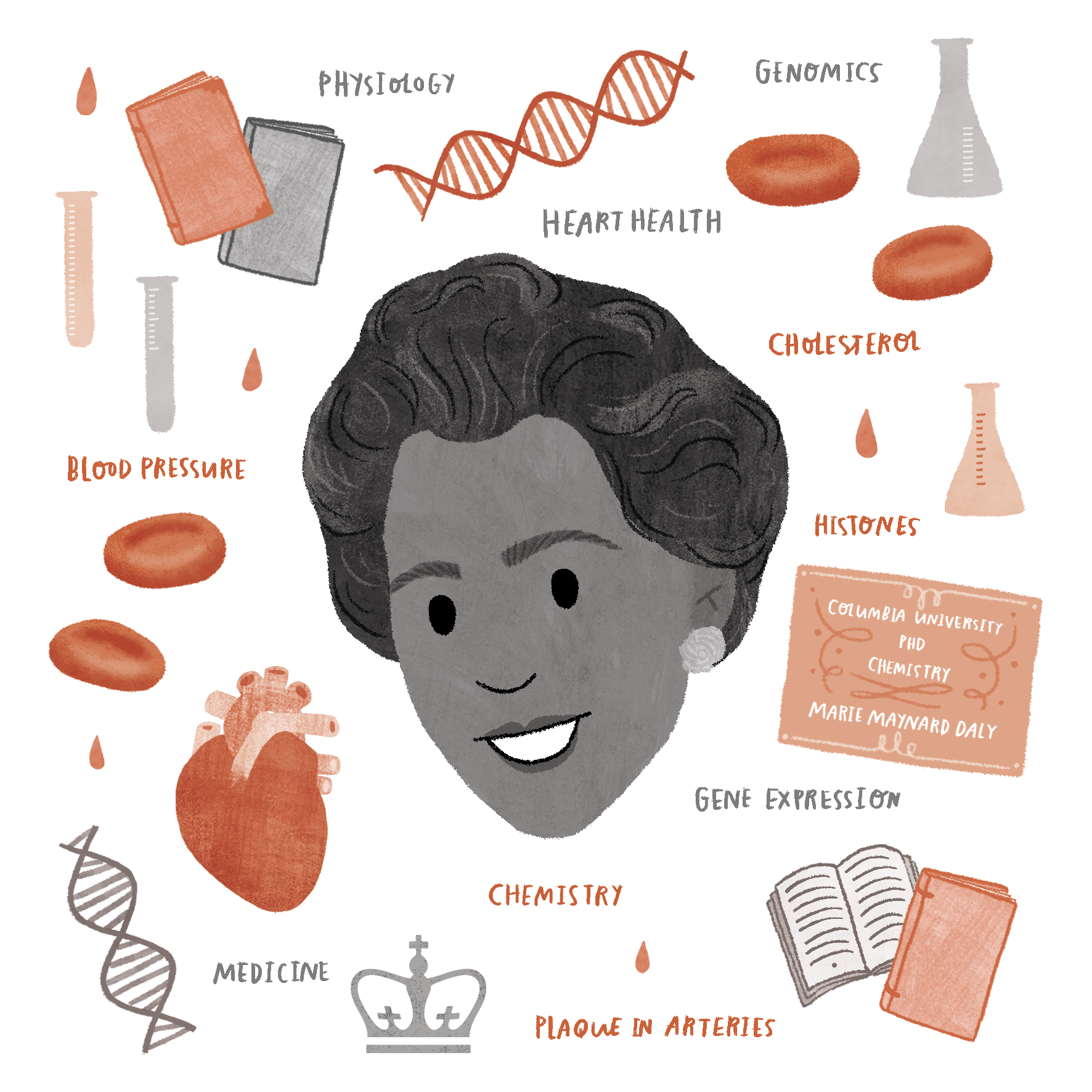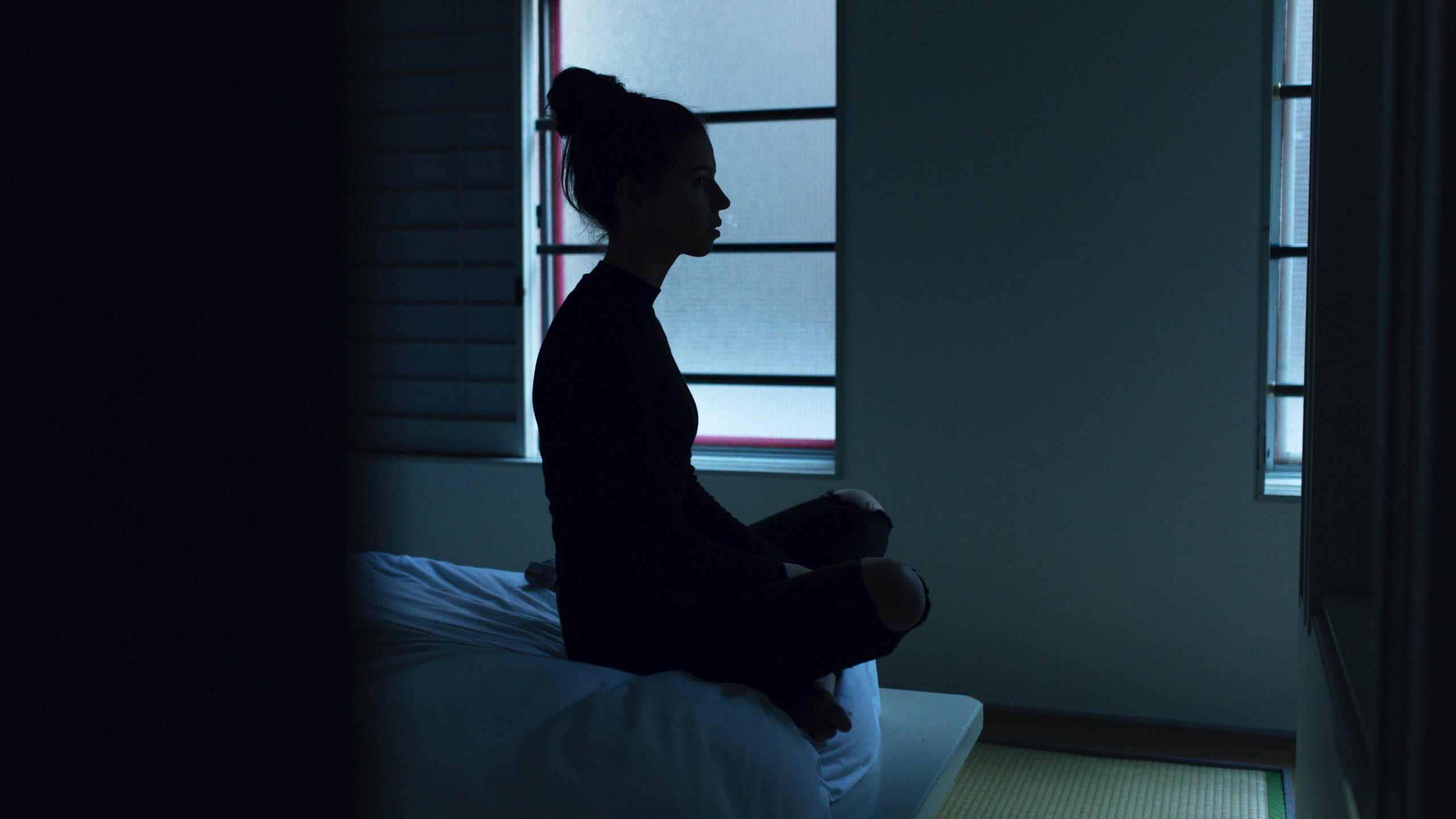The SciArt Collaboration Challenge
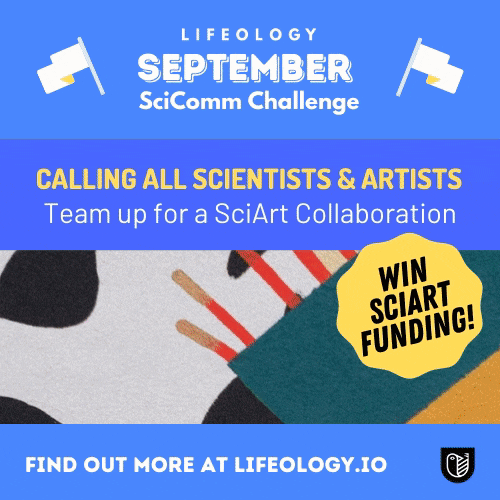
Lifeology’s September Science Communication Challenge
Last month, we challenged you to form a scientist-artist collaborative team and create some engaging SciArt!
One of our core missions here at Lifeology is to help improve the accessibility of science and the quality of science communication through art. Art can make science more relatable, engaging and enjoyable. But to make this happen, we believe that scientists must work with professional creatives such as artists, and value their unique perspectives. Our September SciArt Collaboration Challenge was a test of this SciArt hypothesis!
“Our hypothesis: An artistic perspective on science can make it more accessible, engaging and enjoyable.”
Following this idea, we set the theme for this challenge to be The Scientific Method. We had 9 fantastic submissions! The winning entry (chosen by judges including Lifeology team members as well as outside science communication experts) will receive $800 in further SciArt funding.
Keep reading to see all the SciArt submissions, and to find who won Lifeology’s September SciArt Challenge!!!
Entry 1: Marley Ford’s Discovery of Pizza Lichen
Scientist: Marley Ford
Model: Monty Montgomery
Lead Artist: Alanah Knibb
Contributing Artists: Laura Curtis-Moss, Cristina Romero Ríos, Kelly Anne Hooker, Lauren Hockenhull

Marley Ford’s Discovery of Pizza Lichen
About:
For this challenge, artist Alanah Knibb, Lichenologist Marley Ford and Performer Monty Montgomery collaborated to choreograph poses representing Marley’s research journey in the discovery of the lichen Strigula oleistrata. These poses were then shared with artists who sketched them.
During fieldwork, Lichenologist Marley Ford and his lab found a leaf with some unusual-looking lichens on it. Through experimentation they found these ‘unusual lichens’ were a younger life-stage of the existing lichen species Strigula novae-zelandiae. However, on the same leaf was another lichen which, through DNA analysis, they determined to be a new species. The new species was named Strigula oleistrata, meaning ‘strewn with olives’ because the way the pycnidia (black spore-filled cones) are scattered haphazardly over the lichen, resembles a pizza ‘with generous helpings of olives thrown into the middle’.”
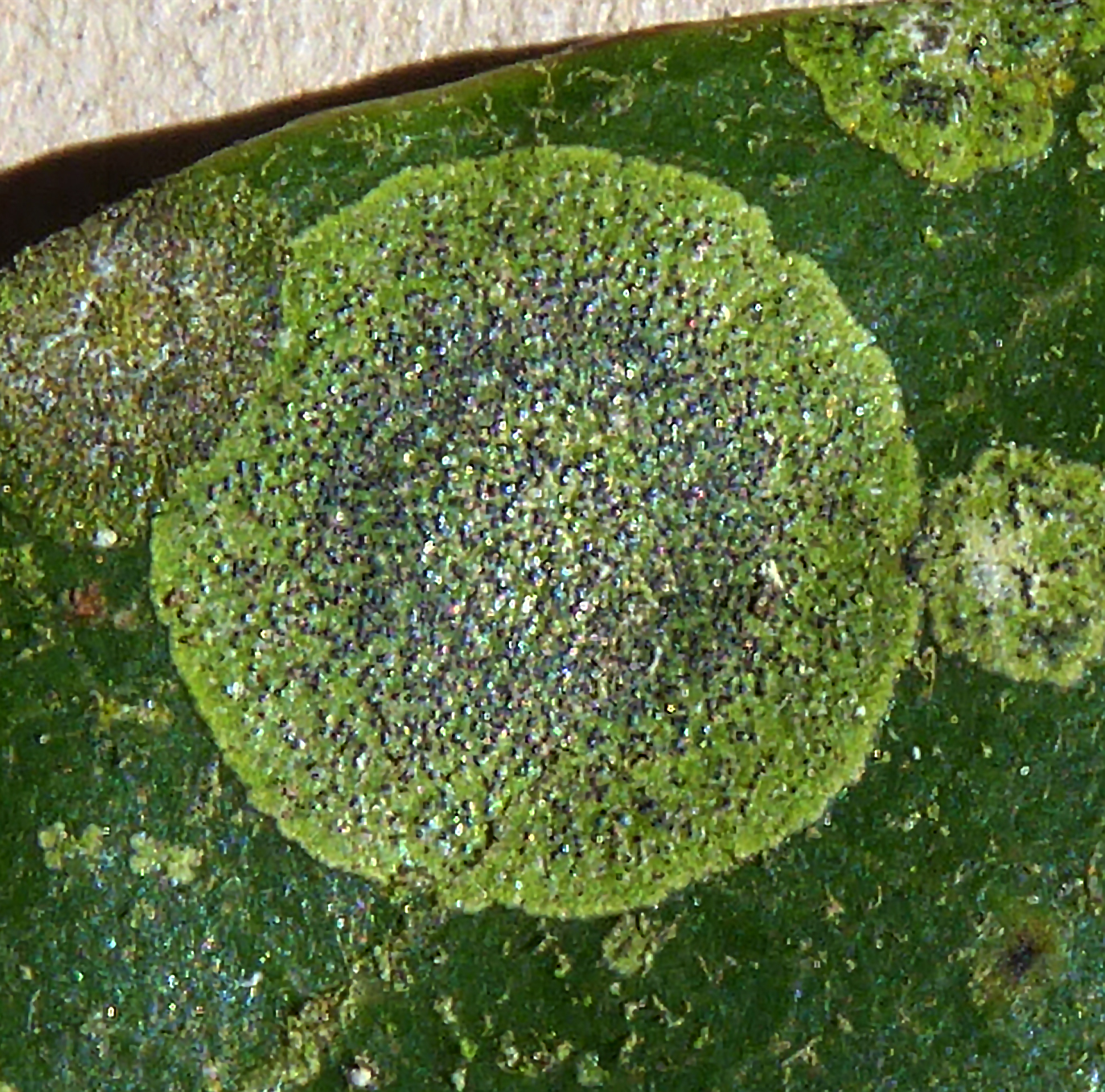
Strigula oleistrata – AKA Pizza Lichen
“The collaboration process was really fun, we listened to Marley’s account of how he discovered the lichen and asked probing questions. Then we used buzz words from his story to inspire the choreography. It was great watching the relationship unfold between the research subject (played by Monty) and the researcher (played by Marley), then inviting the observer to interact with that relationship through life drawing. I was surprised at how naturally the collaboration formed and enjoyed exploring Marley’s emotional journey with his research alongside the story of his research.” – Alanah Knibb
“Collaborating with an artist was a great method to convey my research in a new, creative way, that by myself I would have never achieved” – Marley Ford
Entry 2: Astrobites goes multi-lingual!
Scientists: Elena González Egea, Jo Ramasawmy & Luna Zagorac
Artist: Kathryn Danesha
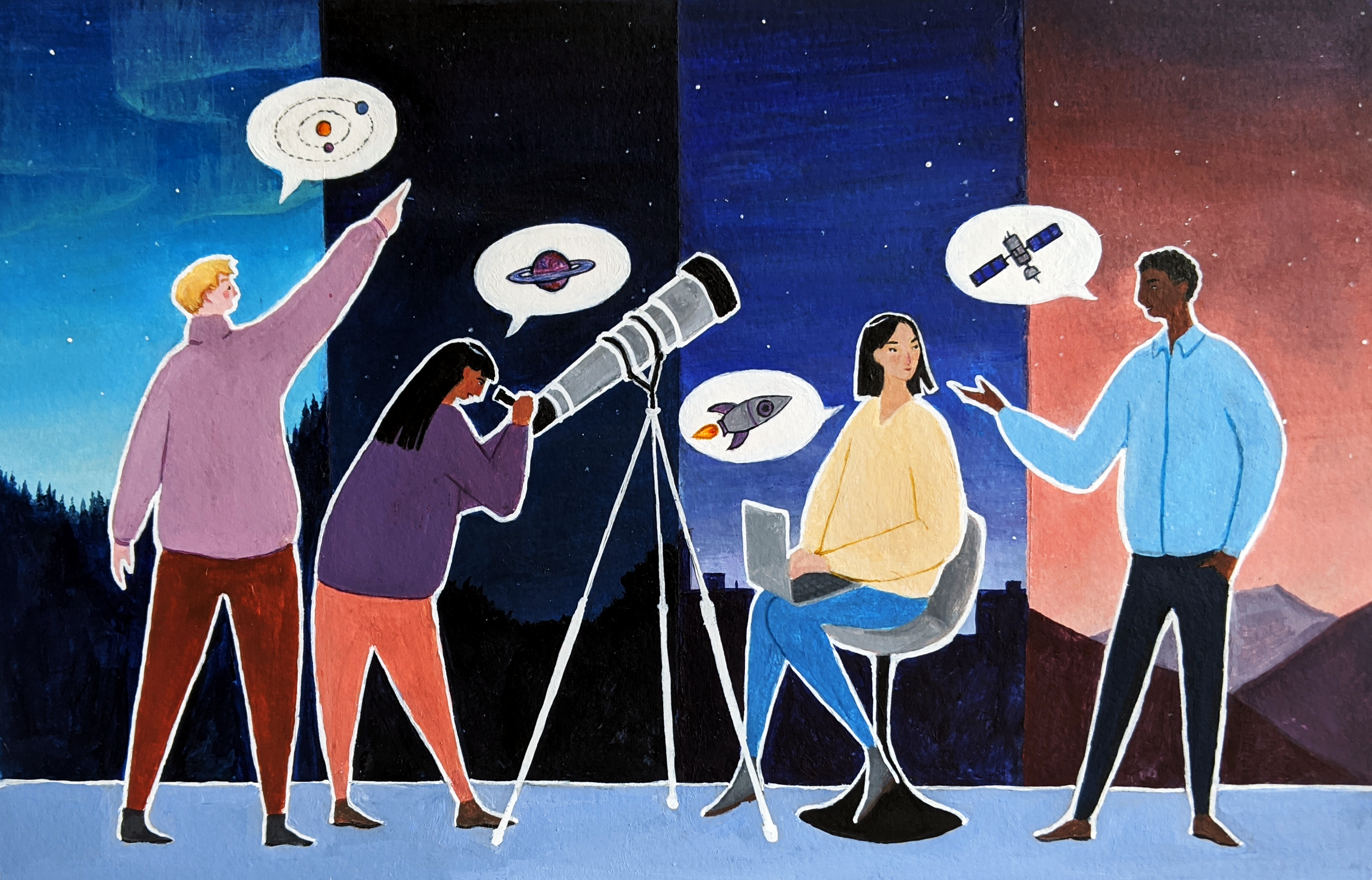
About, by Joanna Ramasawmy:
Here is our entry to the SciArt collaboration challenge, and you can find it in context on the Astrobites blog here.
Our entry is actually a mash-up of this month’s challenge and the multi-lingual theme of Lifeology’s SciArt Reading Club chat in July! As a writer for the blog Astrobites, I’ve been looking to expand our language base for quite some time now, and the discussion of the paper by Melissa C. Márquez and Ana Maria Porras during the July SciArt Reading Club was a great push to get it off the ground.
Likewise, this month’s challenge was another push to actually get working on a sci-art collab. My sister Kathryn is an illustrator, but this is the first time we have collaborated like this and it was a great success. We discussed the imagery and brainstormed ideas, sharing examples of the style of graphics we were considering, and she came up with the concept of visualizing “time zones” and removing written language from the graphic entirely, while at the same illustrating the need for communication without boundaries. She worked in acrylics and sent me process pictures throughout, from sketching to color-blocking to the final product. We were both really happy with how the project went.
Thanks you for all of the support, inspiration and motivation that Lifeology has provided – I’m so happy that we got this project off the ground, and I look forward to more collaboration with Kathryn and other artists in future!
Entry 3: Scientific Method of Ghost Forest Research
Scientists: Elliott White, PhD
Artist: Melinda Martinez
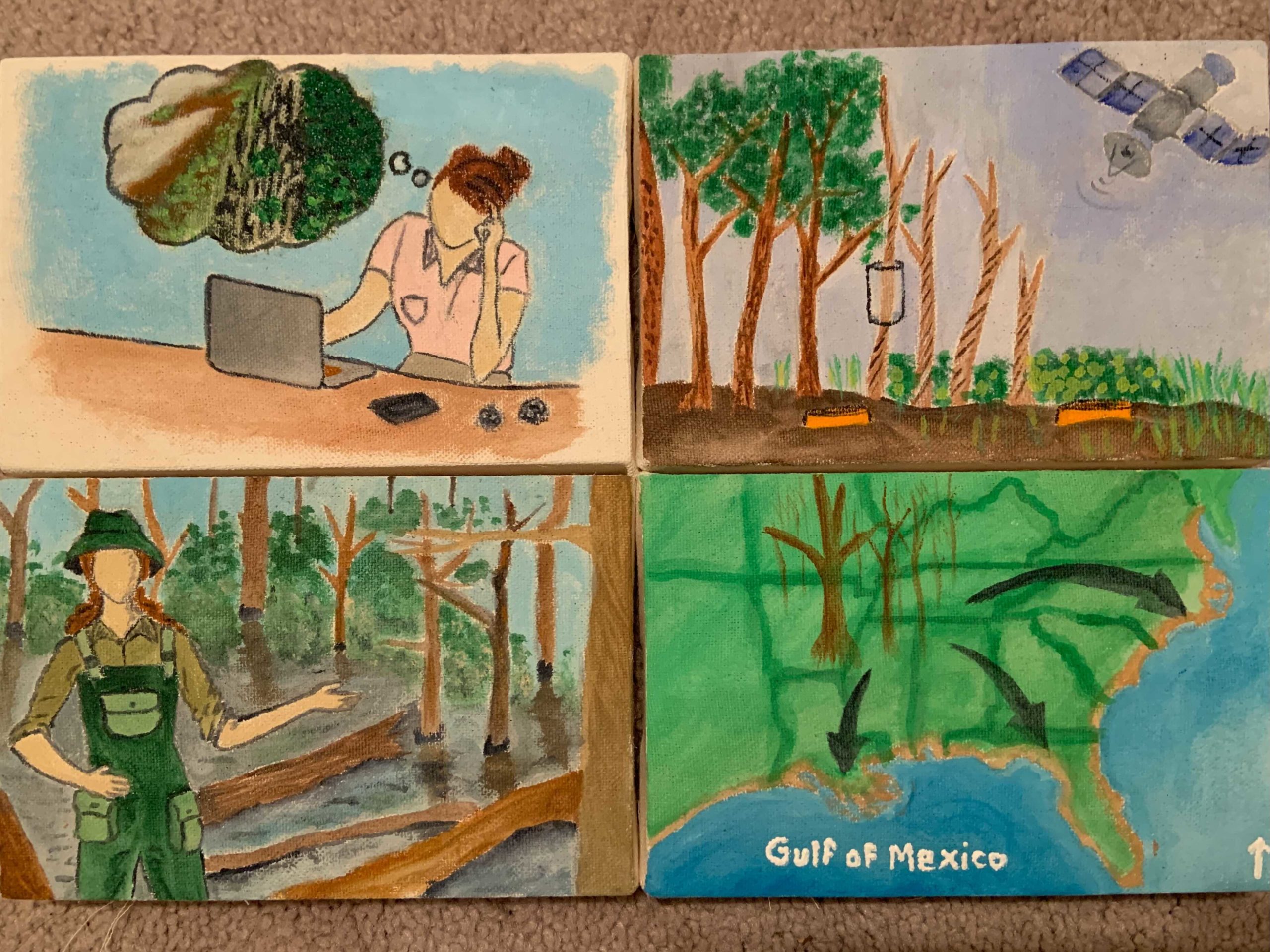
About, by Melinda:
Elliott White and I collaborated together this month to submit a set of paintings. These are the artwork prompts I was given for this collaboration:
- Introduction (Top left panel) – think about ghost forests and question the causes and extent.
- Observations (bottom right) – go out into the field and make observations.
- Methods (top right) – measure in different ways either using chambers or with satellites (remote sensing).
- Conclusion (bottom right) – ghost forests are expanding across the southeastern US and expected to keep expanding as climate changes.
About, by Jayme:
This piece is a YouTube video, How to Read Evolutionary Trees, and it is the product of a collaboration between me (a scientist and educator) and Michelle Lotker (a film producer and artist, though for this video she did the cartoon illustrations, not the film production). The video is an introduction to Evolutionary Trees with a target audience of high school and college biology learners.
I believe it is critically important to teach scientific thinking. But I think the best way to do that is by engaging students in inquiry-based problem-solving and by teaching the “facts” and concepts of science using the real data that generated those “facts.” There is no one scientific method, and we cannot teach it in one moment in a learner’s life – instead, learning the scientific method occurs through repeated exposure to the varied ways that scientists pose and answer questions about the natural world. That is why I created my YouTube channel; there are many excellent YouTube Channels that teach the facts and concepts of science, but I have yet to find one that uses real data as a mode of teaching those concepts. My videos are my attempt to fill that void.
When I set out to start my YouTube channel this summer, I knew I needed support making compelling graphics for my videos. Through a mutual friend, I was lucky enough to find Michelle. She designed my logo and branding and contributed illustrations for many of the videos I produced this summer (You can see how much she improved my videos by comparing this rough draft with the final published video).
Artist’s Blurb:
The process of making the illustrations for the videos for You Too Bio’s YouTube channel is truly the most collaborative creative process I’ve been involved in! Jayme had so much passion and vision for what she wanted her videos to communicate and laid out such a clear map of each video for me that I could really just work on visualizing what she wanted to communicate and bringing it to life. We built in time for revisions so Jayme could let me know when something wasn’t how she imagined it would be, and I could also let her know when we needed to change something she had scripted so it worked better visually. When I watched the first video she made by herself, I could feel her passion for what she was communicating, and for making these videos, and it really made me want to jump in and take her graphics to the next level. I’m really proud of the work we’ve created together!
Winner!
Entry 5: The Journey of Theresia
Artist: Jessika Raisor
Musician: Ryan Powell
Scientist: Lisa Kettemer
About, by Jessika Raisor:
This is a project created by artists Jessika Raisor and Ryan Powell – it is a pitch for a narrative song and video about a whale called Theresia. The research and scientific collaboration come from Lisa Kettemer in Norway.
We started this project too late to create the final product and so decided to create a “pitch” document to show how we envision this project moving forward instead. We are all extremely excited about the continuation of telling this story of whale migration.
Scientist’s Blurb:
I’m a PhD student in the Arctic of Norway, and I study animal migration. Here I focus on humpback whales in Northeast Atlantic, which is somewhat of a mystery population – they spend most of their lives very far from people – in the Arctic and on the high seas. But around 2011 some of them started to stop on migration from the Arctic and feed on herring in the fjords of Norway before heading all the way to the Caribbean, their breeding grounds. That’s when researchers at my university had the chance to take samples and track them with satellite tags.
We followed one whale for almost a full year – this is the first time we have detailed information on the year-round movement of any humpback whale! My first paper will be focusing on this very special whale, which we called Theresia. She was pregnant when we tagged her (I did a pregnancy test in the lab for her) and returned with a calf one year later in the same fjord where we had tagged her! I’m looking at the energetics demands of this journey and the time it took to complete.
Jessika, Ryan and I found each other on Lifeology. I loved the first movie they made and we agreed to try and win the challenge so there could also be a movie about this special whale. We started with a pitch because of limited time, and are hoping we can complete the full song and film with additional funding.
We’re hoping that Theresia will be able to take people on her journey all the way through the ocean, introduce her calf, and show viewers the stops along the way. Were looking to establish a connection to the time she’s spending in the Arctic and on the high seas – where people will never see her. Both are rapidly changing ecosystems that many people don’t know much about! At the same time we hope to show how we’re studying these super mobile animals.
Swimming Animation
Music example – BigSwim
Entry 6: Via Scientia
Scientist: Ana Prendes
Artist: Rafa Yuste
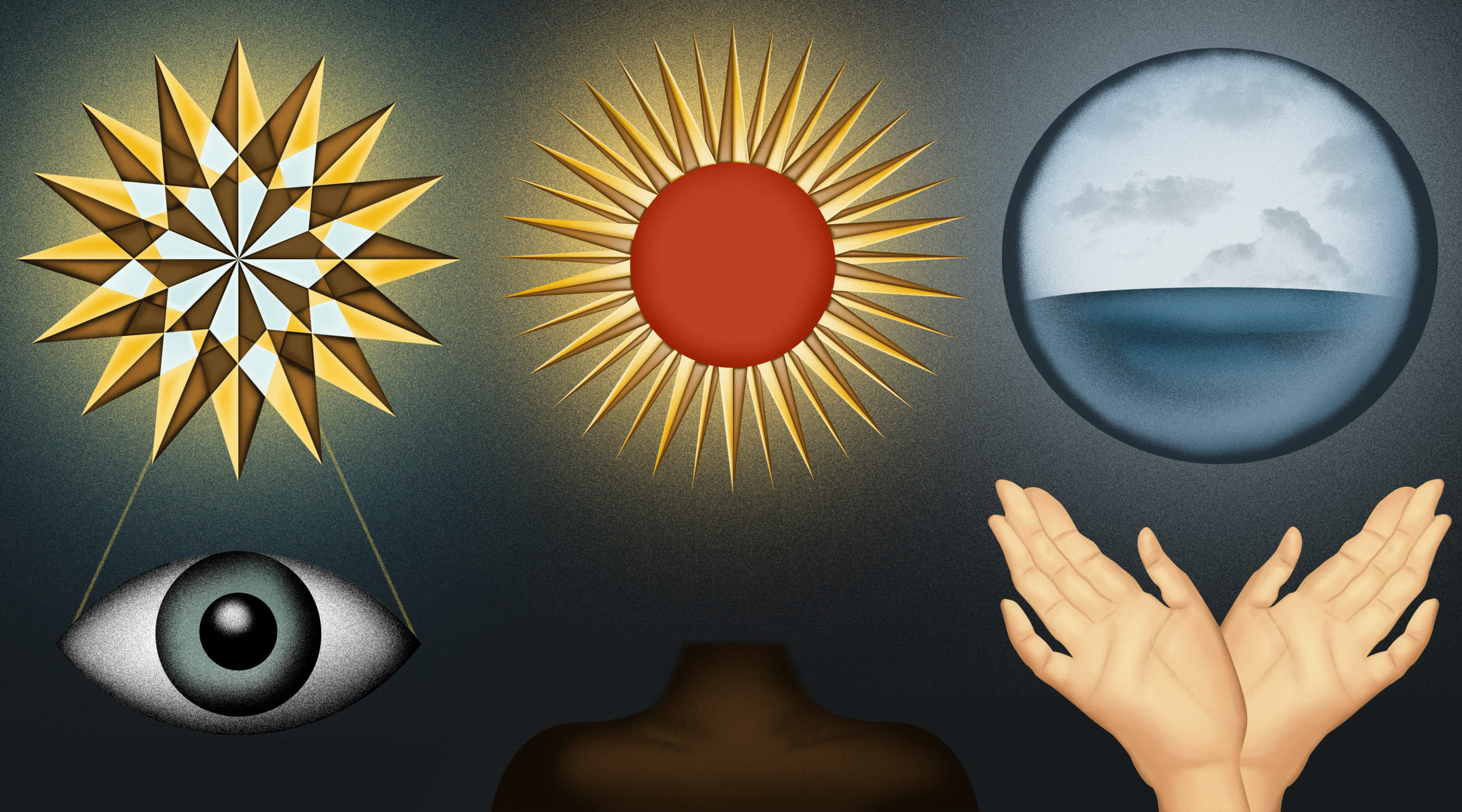
About, by Rafa Yuste and Ana Prendes:
Our understanding of reality informs how society functions. This necessity requires scientists to know how to communicate the cutting edge of their worlds. Explaining how scientists work is even more difficult considering that it is sometimes complex to define the “scientific method”: methodologies vary significantly subject to different fields comprising a broad mixture between experiments, theoretical modelling and fieldwork; each of these requires a variety of ways of thinking and appeals to different personality types.
Drawing on the history of Science in the Renaissance, Via Scientia explores the complexity of the visual representation of the scientific method through alchemy: the area where science, philosophy, occultism and theology came together.
Through the mysticism of alchemical aesthetics, the work is composed of a tryptic representing the three broad stages of the scientific method – Observatio, Illustratio, Creaturae. It positions light as the appropriate and productive logic of a fact’s observation, of an idea’s illumination, and of its sequencing creation. Bringing together celestial bodies and terrestrial beings, these stages represent the storyline in which the subject embarks reaching a climax in the extasis of scientific discovery.
Entry 7: Sorghum Cellulose Nanofibres
Scientists: Jordan Pennells
Artist: Patricia Tiffany Angkiriwang
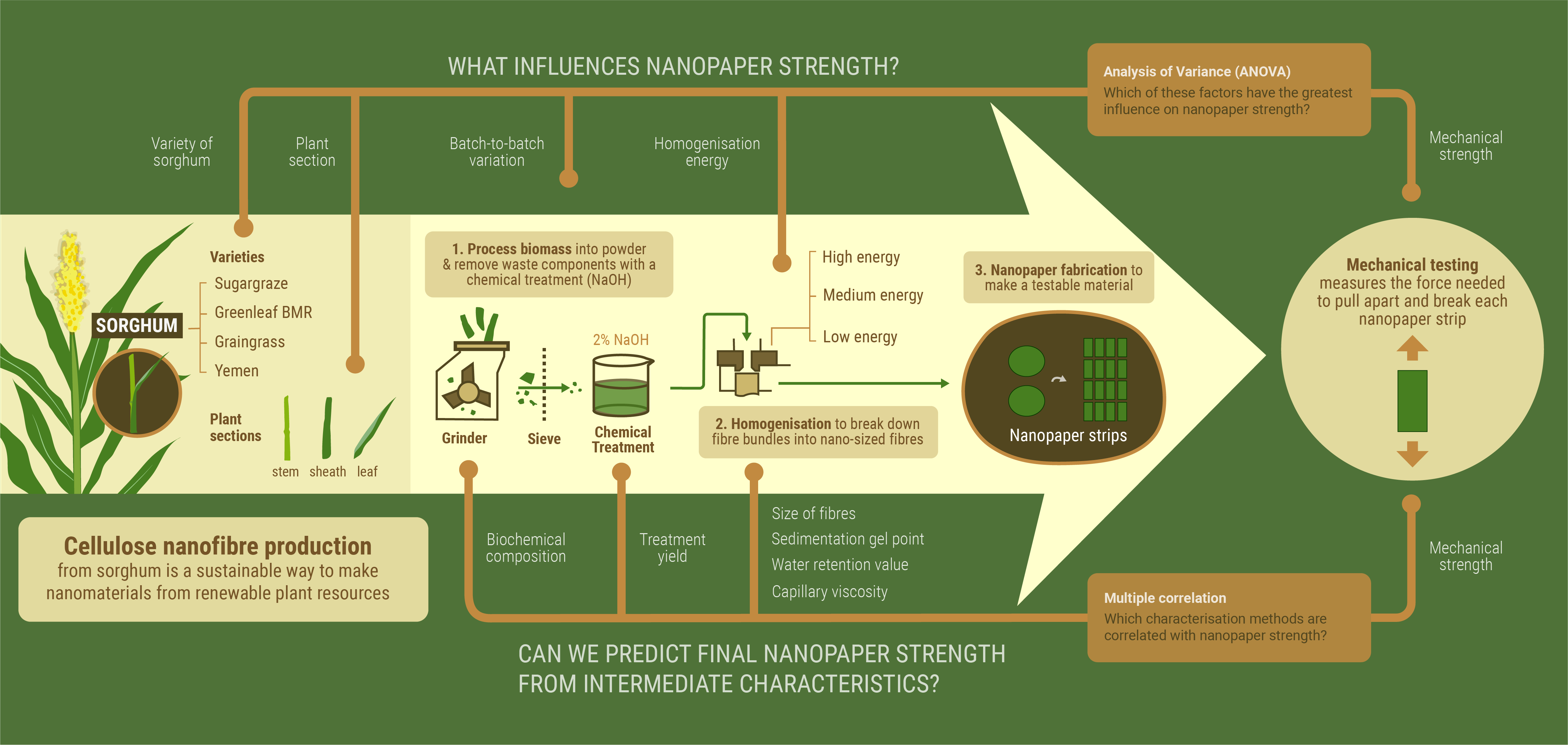
About, by Jordan:
This diagram is the end product of a great collaboration between myself as the scientist and Patricia as the artist. The pitch that I brought to this collaboration was an unaesthetic, scientifically-minded diagram of the workflow for my PhD project. It was busy, too detailed, and in desperate need of artistic attention. Patricia was able to streamline the diagram by adding in an arrow to direct the readers attention, use images and colors to represent different components, and simplify the statistical questions I am asking with this workflow. All without losing the understanding and scientific meaning behind the diagram. Well done Patricia!
This collaborative process took several iterations of back and forth between us to arrive at the final product. So my recommendation is to not expect a perfect result first time around, but aim for continual improvement.
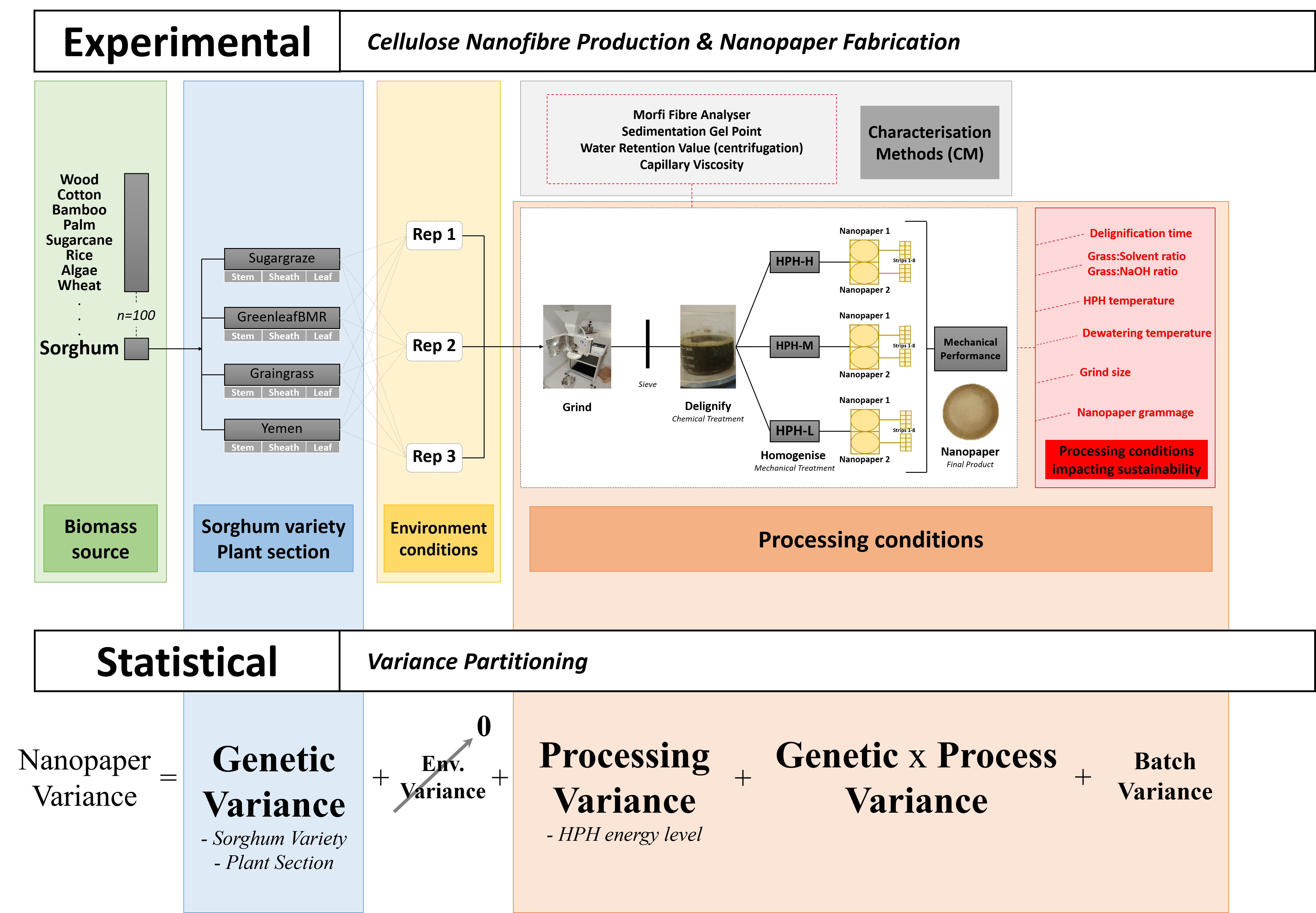
Original (scientific) version of cellulose nanofibre diagram
Entry 8: AIBN Hoodie Logo
Scientist: Jordan Pennells
Artist: Matthew Griffiths
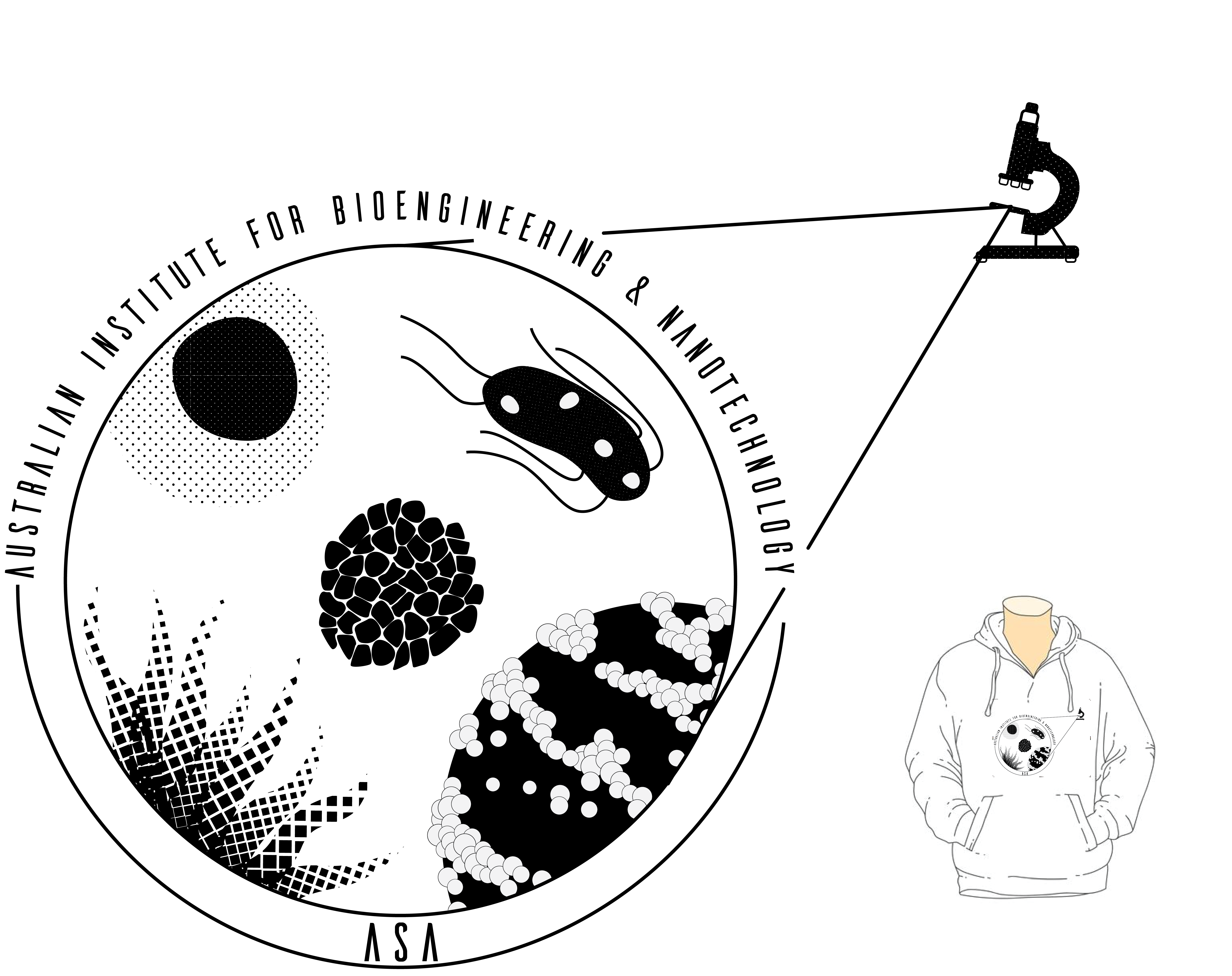
Blurb:
The pitch for this submission involved designing a logo for hoodies we were ordering for students in the AIBN postgraduate student association. AIBN stands for Australian Institute for Bioengineering & Nanotechnology, and we wanted a logo that represented the research that our institute conducts. The following image is displayed widely in AIBN marketing material, which represents the research fields of Stem cell ageing and regenerative engineering, Precision nanomedicine, Advanced materials, Agriculture nanotechnology & Advanced Biomanufacturing.



